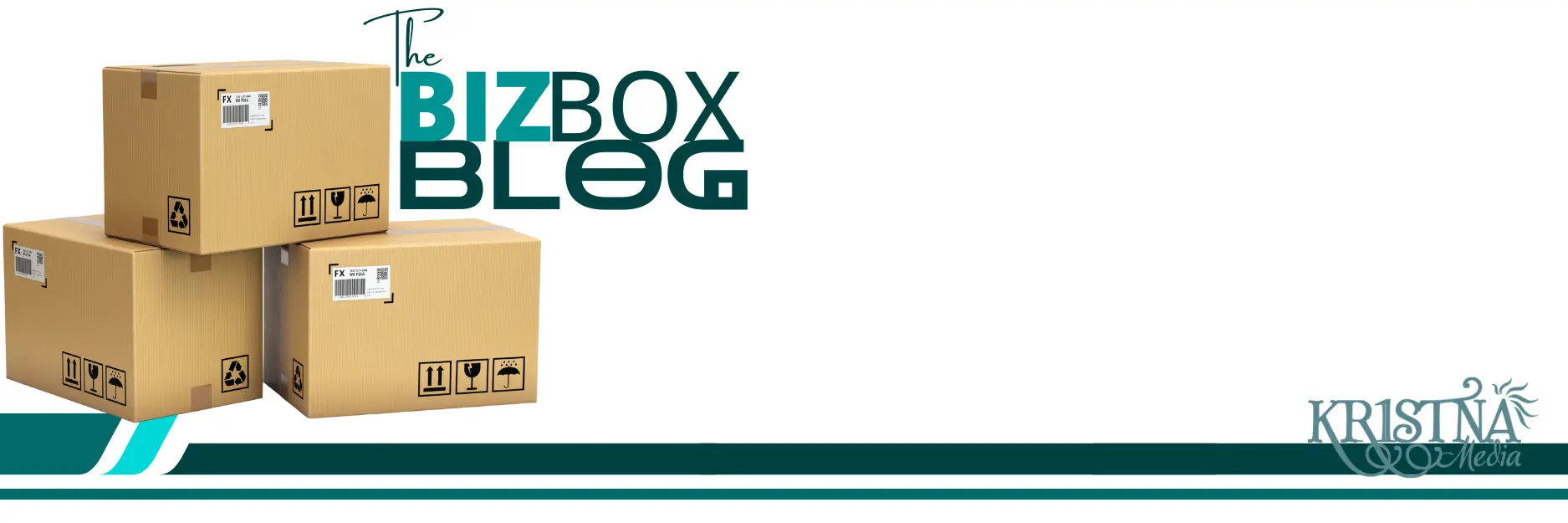The Churn Problem in SaaS-Based Companies
In the SaaS world, churn is the silent killer of growth. With customer acquisition costs rising, retaining existing customers becomes even more vital. Churn not only impacts revenue but also signals deeper issues with product-market fit, customer satisfaction, or user engagement. According to a study by SaaS Capital, a 5% increase in customer retention can increase company profits by 25% to 95%—a compelling argument for investing in customer success.
But what exactly is customer success, and how can it help SaaS companies reduce churn?
What is Customer Success, and Why is It Crucial?
Customer success is a proactive strategy focused on ensuring customers achieve their desired outcomes while using your product or service. Unlike customer support, which is reactive, customer success involves anticipating problems, providing resources, and building relationships to foster loyalty and advocacy. For SaaS companies, where revenue is often subscription-based, a strong customer success program can make the difference between steady growth and a downward spiral.
Key Components of an Effective Customer Success Program
- Customer Onboarding: The First 90 Days are Critical
The onboarding phase is often the most vulnerable period for new customers. Research by Wyzowl suggests that 63% of customers say onboarding is the key to deciding whether they continue using a product or service. A poorly executed onboarding process can lead to confusion, frustration, and, ultimately, churn. On the other hand, an effective onboarding process helps customers quickly realize value, builds confidence, and sets the stage for a long-term relationship.
Action Steps:
- Develop a Personalized Onboarding Journey: Use data collected during the sales process to customize the onboarding experience. Tailor tutorials, demos, and training sessions to meet specific customer needs.
- Leverage Automation for Engagement: Implement automated onboarding emails, in-app guides, and triggered messages to provide timely support and guidance.
- Monitor Onboarding Metrics: Track metrics such as time to first value (the time it takes for a customer to realize the product’s benefits) and feature adoption rates to identify areas for improvement.
- Proactive Customer Engagement: Don’t Wait for Problems to Arise
Proactive engagement means reaching out to customers before they face problems, not after. This approach helps build stronger relationships and prevents minor issues from escalating into reasons for churn.
Action Steps:
- Regular Check-ins and Reviews: Schedule regular check-ins (quarterly or bi-monthly) to discuss progress, gather feedback, and align on goals. Use these meetings to identify potential challenges and offer solutions.
- Customer Health Scoring: Implement a customer health score model to track customer satisfaction and engagement levels. This model could include metrics such as login frequency, feature usage, and support ticket volume.
- Educational Content: Provide value-added content, such as webinars, whitepapers, and tutorials, that helps customers maximize the use of your product. Tools like HubSpot and Intercom can automate these efforts and track engagement.
- Data-Driven Insights: Identify At-Risk Customers Early
A robust customer success program relies on data analytics to identify patterns and trends that indicate potential churn risks. This approach allows SaaS companies to address issues proactively and retain customers who might otherwise leave.
Action Steps:
- Integrate Data Across Platforms: Use tools like Gainsight, Totango, or ChurnZero to integrate data from your CRM, support, and product analytics platforms. This integration provides a holistic view of customer behavior and engagement.
- Segment Customers for Targeted Strategies: Create customer segments based on usage patterns, demographics, and engagement levels. Develop targeted retention strategies for each segment to address their unique needs.
- Leverage Predictive Analytics: Use machine learning models to predict which customers are most likely to churn. Prioritize these customers for outreach and personalized engagement efforts.
- Customer Feedback Loop: Listening Leads to Loyalty
Creating a feedback loop is essential for understanding customer needs, pain points, and satisfaction levels. Feedback can guide product development, marketing, and customer success strategies to better meet customer expectations.
Action Steps:
- Conduct Regular Surveys and Interviews: Use Net Promoter Score (NPS) surveys, Customer Satisfaction (CSAT) surveys, and direct interviews to gather feedback. Analyze the results to identify common pain points and areas for improvement.
- Implement a Voice of the Customer (VoC) Program: A VoC program collects feedback through multiple channels—social media, email, support tickets—and aggregates it to provide actionable insights.
- Act on Feedback: Show customers that their feedback is valued by making visible changes based on their input. Communicate these changes through product updates, newsletters, or community forums.
- Creating a Culture of Customer-Centricity: Beyond the Customer Success Team
For a customer success program to be truly effective, the entire organization must embrace a customer-centric mindset. This means aligning all departments—from product development to marketing to sales—around the goal of delivering exceptional customer experiences.
Action Steps:
- Incorporate Customer Success Metrics in Company KPIs: Tie company-wide KPIs (Key Performance Indicators) to customer success outcomes, such as churn rate, customer lifetime value (CLTV), and NPS.
- ‘Cross-Functional Collaboration: Encourage collaboration between customer success, product, and marketing teams. Regularly share customer insights and feedback across departments to inform product improvements and marketing strategies.
- Train All Employees in Customer Success Principles: Provide training for employees on customer success best practices and emphasize the importance of customer-centricity in all roles.
- Building a Customer Community: Turning Customers into Advocates
A strong customer community fosters engagement, advocacy, and loyalty. Customers who feel part of a community are less likely to churn and more likely to promote your brand.
Action Steps:
- Create Customer Forums and Online Communities: Develop spaces where customers can connect, share experiences, and provide peer-to-peer support. Tools like Discourse or Slack can be used to build these communities.
- Host Customer Events and Webinars: Regularly host events, webinars, and meetups to strengthen customer relationships and provide value-added content.
- Encourage User-Generated Content and Testimonials: Prompt satisfied customers to create testimonials, case studies, and reviews that highlight their positive experiences. Feature these stories on your website and marketing materials.
Case Study: HubSpot’s Customer Success Evolution
HubSpot, a leader in inbound marketing software, saw significant growth by focusing on customer success. Early on, they realized that churn was a major obstacle to growth, particularly among small businesses struggling to adopt their tools effectively. To combat this, HubSpot invested in a comprehensive customer success program:
- Onboarding and Training: They developed an onboarding process tailored to different customer segments, using automated emails, webinars, and one-on-one coaching.
- Health Scoring and Proactive Outreach: HubSpot implemented a health scoring system to identify at-risk customers and reach out proactively with support and resources.
- Customer Education and Community Building: They built a thriving customer community through their HubSpot Academy, offering free certification courses, and fostering engagement through user forums and events.
These efforts helped HubSpot reduce churn by 30% over two years and significantly increased customer lifetime value.
Conclusion: Turning Customer Success into a Growth Engine
Customer success isn’t just about preventing churn—it’s about fostering growth. When SaaS companies invest in customer success, they not only retain more customers but also transform those customers into loyal advocates. By focusing on onboarding, proactive engagement, data-driven insights, feedback loops, cross-functional collaboration, and community building, SaaS companies can create a customer success program that drives sustainable growth and long-term success.
Are you ready to reduce churn and maximize customer retention? At KR1STNA Media, we specialize in developing tailored customer success programs that align with your business goals. Let’s connect and discuss how we can help you build stronger relationships with your customers.


